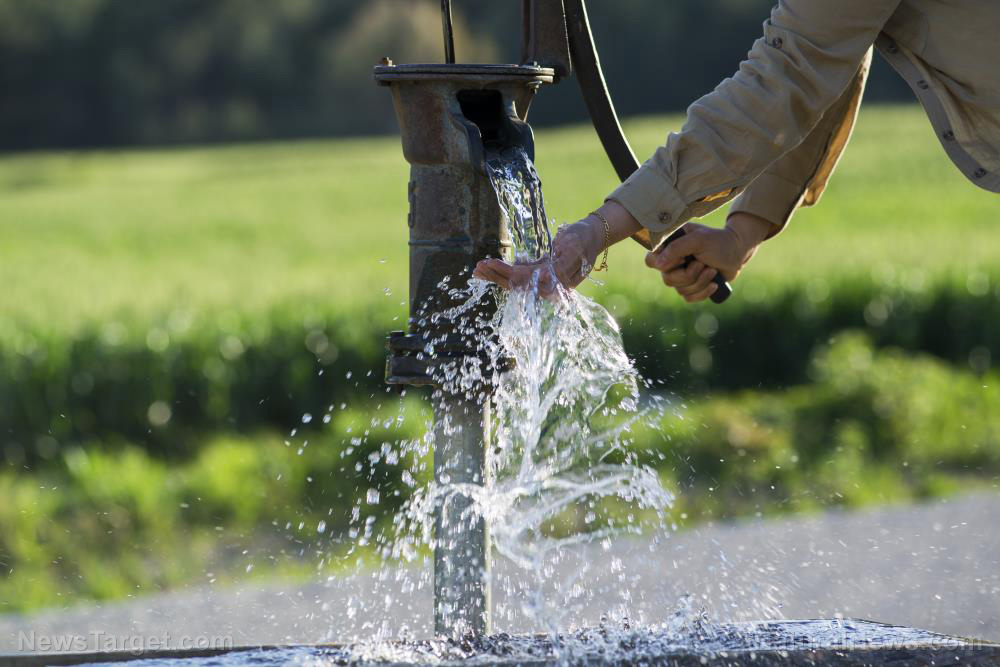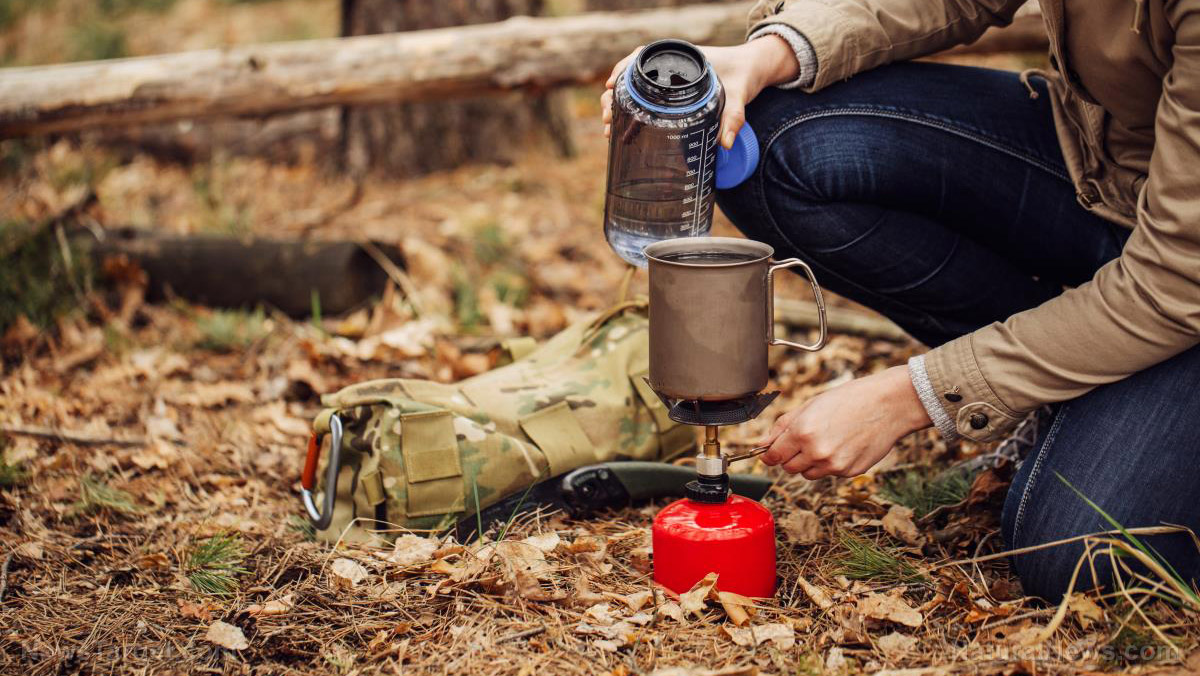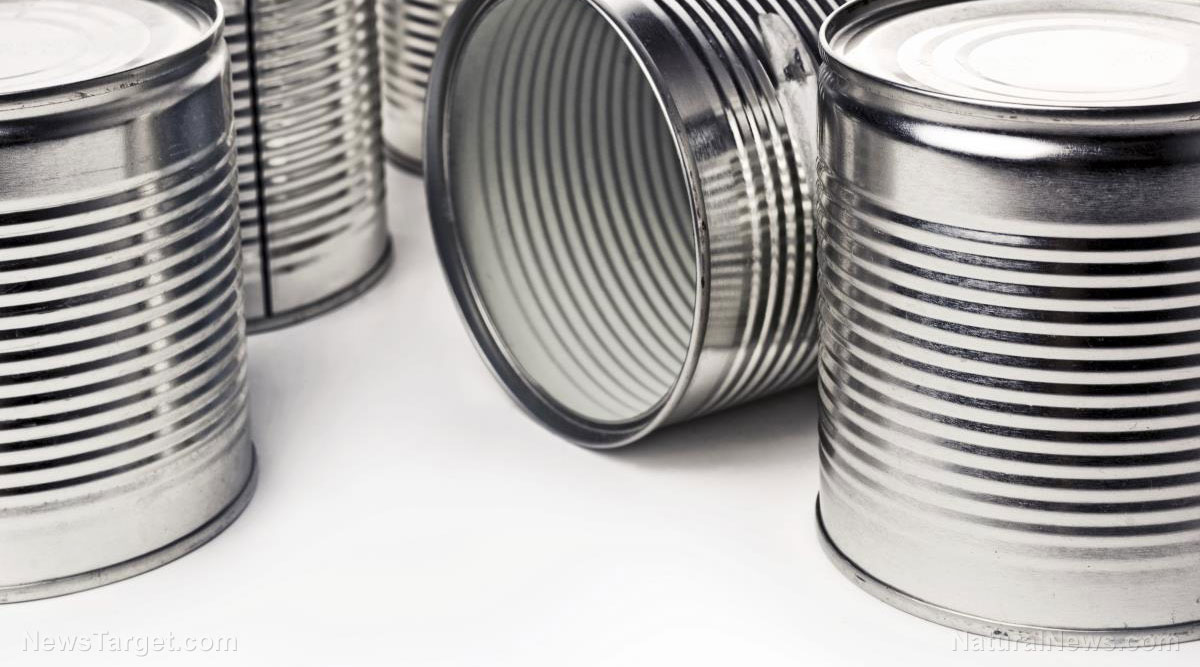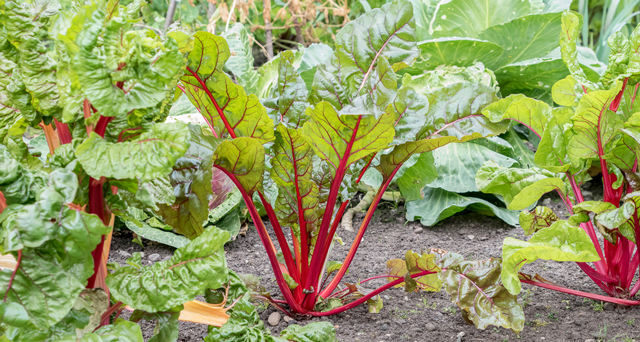Defensive gardening: How to protect your home garden from various threats
06/11/2019 / By Michelle Simmons

Aside from pests, another thing that can destroy your home garden is a natural disaster. You will not be able to predict or prevent these natural occurrences, so it is important to provide protection to your plants before anything happens. Here are some things you can do to protect your home garden from natural threats. (h/t to LogHousePlants.com)
Protecting your garden from heavy rains and flood
You cannot prevent heavy rains, but you can do something to protect your garden from these. Heavy rains can wash away topsoil very quickly. This can be prevented by stabilizing slope areas that tend to erode by planting native plants with sturdy, resilient root systems. However, if erosion has already occurred, you can start restoring your garden by installing sheets of jute netting that comes in different widths. Make sure that the top edge of the netting is buried, and the netting sheets run down the slope, not across it. Then, fasten each sheet every few feet on both running sides with metal anchor pins that are at least 10 inches long. Always overlap old and new sheets by four to five inches. Netting can be used between existing plants and on washed out areas. To do this, spread the jute netting wide above and below every plant, then bundle it around the plant’s base. To plant young plants, tuck their roots into the pockets of the netting.
Another way to stabilize slope areas is to plant trees with spreading root systems. Red alder, vine maple, native willows, and cascara are good trees for slope stabilizing. Other recommended trees to plant include evergreen wax myrtle, huckleberry, ninebark, salal, salmonberry, and shrubby redtwig dogwood. It’s best to plant during the wet season so that the roots can be established before hot, dry weather occurs.
Protecting your garden from wildfire
Making your home landscapes more fire-resistant is important, especially if you live in an area where wildfires are more common. One way to protect your garden from fire is to keep away plants, especially trees or shrubs, from touching the walls or roof of your house. Another way is to build a “defensible zone” of about 30 feet around buildings. In this zone, plants should be spaced out, low-hanging tree branches should be pruned, and all plants should be watered regularly. This would prevent flames from approaching your home and provide firefighters a safe place to combat the blaze.
It is also important to remove dead branches and mow down dead annual grasses as these can easily catch fire. Using aluminum, bricks, cinder blocks, and concretes – instead of highly flammable materials, such as wooden furniture, fences, and decks can also help. You may also want to consider using other fire-resistant materials like decomposed granite, gravel, non-combustible pebbles, pavers, sand, or brick that allow for water penetration, instead of large areas of mulch. In addition, planting fire-resistant plants, such as rhododendrons, Oregon grape, Oregon boxwood, redtwig dogwoods, serviceberry, bigleaf maples, and vine maples is also a way to make your garden more fire-resistant. Just be sure to keep them healthy, green, properly spaced, irrigated regularly, and pruned to reduce fuel volume. (Related: Homesteading tricks: 2 Secrets that can get rid of weeds in your home garden FOREVER.)
Improve your home garden so you can be ready for any natural threats. Find more tips at HomeGardeningNews.com.
Sources include:
Tagged Under: bug out, gardening, green living, home garden, homesteading, how-to, off grid, preparedness, prepper, prepping, survival, survivalist, sustainable living
RECENT NEWS & ARTICLES
COPYRIGHT © 2017 OFFGRID NEWS



















